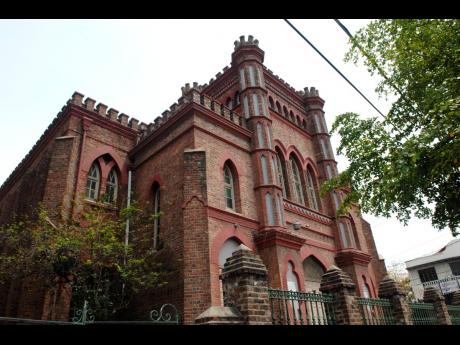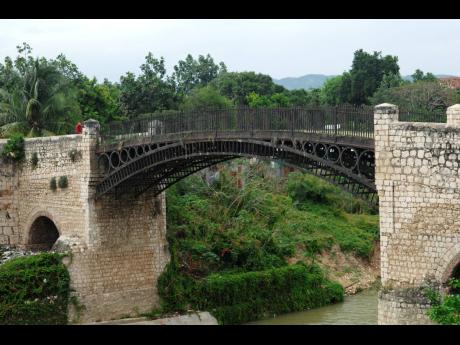Preserving Jamaica’s built heritage
Travelling across Jamaica, it is difficult to miss the breathtaking reminders of our history. From great houses to quaint vernacular homes, ancient courthouses dating back centuries, towering forts, majestic cathedrals, sugar mills, water wheels, and imposing statues. Each one demonstrates the ingenuity, talent, and workmanship of enslaved Africans. Jamaica’s built heritage bears a strong and bold testimony, indicating that African labourers had a story to tell, a message that would stand through the ages and inform generations.
Discussions around Jamaica’s architectural heritage often focus on enslavement and the atrocities of that peculiar institution. There have been calls to dismantle all vestiges of colonisation. While our built heritage is a reminder of a cruel and oppressive system, it is also evidence that African people were never the unintelligent, savage animals that written history often presents. Some historians would purport that African people were obtained from the untamed jungle, all living in huts, without culture or purpose but archaeological discoveries of Africa’s, and by extension Jamaica’s, built heritage tell us otherwise.
According to Richard Hull in the Journal of Urban History, published August 1, 1976, “It is popularly believed that, before the colonial era, black Africans had little understanding of the dynamics of urban design and architecture. It was assumed that what little urban life did exist resulted largely from European inspiration. Until recently, urbanologists concentrated on the colonial period, thereby adding strength to these myths. Yet, magnificent towns and cities flourished... And only a minority of Africans were completely unaffected by them.”
Hull rubbished the false – and contemptuous – belief that Africans lacked town planning and sophisticated architecture prior to the arrival of European colonisation. African towns and cities and the structures within them were “works of art”. African Cities and Towns Before the European Conquest. (Hull, Richard W. 1976)
These historical facts establish that a portion of the stolen race of African peoples arrived in the ‘New World’ as skilled architects, artisans, and tradesmen. The master builders of the great houses, bridges, churches, mills, and forts, some of which we continue to witness, and which have withstood centuries of natural and human-caused disasters, were our expert African forebears.
The repairs of Headquarters House at 79 Duke Street were a case in point. The project proved false that enslaved Africans were simple-minded, easily exploited, miserable creatures of burden. Instead, the impressive quality of their work, evidenced by the strength of the foundation and the sophisticated technique utilised to install the network of supporting boards in the flooring, is proof of their mastery. The subfloor of Headquarters House, which was constructed almost 300 years ago, is still in fine shape now, achieved primarily by the work of enslaved African hands.
Sabotage was a viable and occasionally employed means of rebellion for enslaved Africans. However, as far as built heritage was concerned, they repeatedly constructed works of architectural art carefully and masterfully. These constructs bear witness to their progeny of intelligence, strength, endurance, and skill.
Marcus Garvey famously wrote: “A people without knowledge of their past history, origin and culture is like a tree without roots.” The complete removal of all built colonial heritage would mean erasure of the evidence of African labour. The mendacious claims that Europeans introduced Africans to proper building infrastructure could be held as true. Dismantling built heritage would make Jamaica as guilty as its colonisers of cultural genocide, attempting to erase the experience, memory, talents, culture, and expertise of the enslaved Africans. Preservation of all aspects of Jamaican culture is important.
Recognition of the fact that most Jamaicans, like many colonised peoples, share the hypocritical legacy of being born of both the oppressor and the oppressed is also noteworthy. Denial of European contributions to Jamaican culture is a denial of the racial make-up of Jamaicans. This is us, out of many, one people. By preserving the nation’s built heritage, we support Jamaica’s rich culture and memorialise the legacy of our African ancestors.
Jamaica National Heritage Trust


